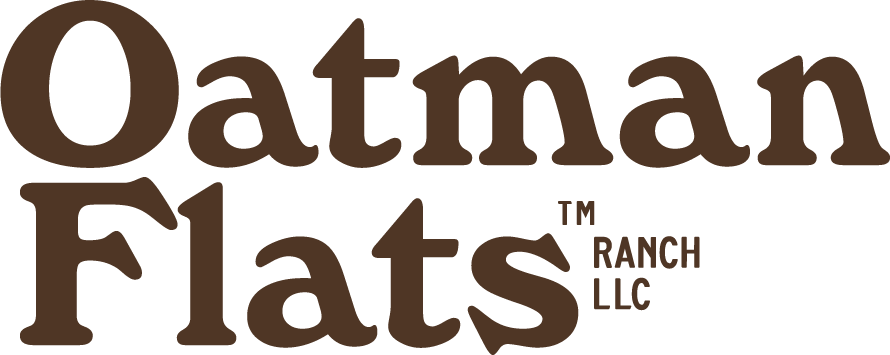OUR WHEATS
It all begins with our distinct terroir — the Arizona desert river valley soil and climate produce wheats with character and minerality. Our organic and regenerative farming practices result in a nutrient-dense wheat, while healing and feeding the earth, and providing our crops with the wholesome ecosystem they need to thrive.
Organic White Sonora
Classification: Heritage soft winter wheat.
Introduced by Spanish missionaries to Mexico and southern Arizona, White Sonora was grown extensively by the native Akimel O’odham people in Arizona. It is believed to be the first wheat introduced to the New World over 300 years ago. The flour has a faint off-white color and light gold speckles and a pleasant light wheat aroma with a delicate, creamy wheat flavor. A lower gluten-producing protein wheat used mostly for cakes and pastries.
Organic Blue Beard Durum
Classification: Ancient landrace durum.
Admired for its flavor and spectacular dark blue black “bearded” head, it originated in the Fertile Crescent and was revived in the U.S. by The Whole Grain Connection. The wheat flour has a light-yellow color with brown speckles and a light sweet and nutty taste with hearty toasted wheat notes that linger on the palate. A higher gluten-producing protein wheat which makes it ideal for pasta.
Organic Skagit 1109
Classification: Modern hard red winter wheat.
Developed by The Bread Lab in Skagit Valley, Washington, for whole grain use and as a pillar for the local grain economy. It was developed for flavor and high yields for organic farmers. The wheat flour has a cream color with brown speckles. A distinctive rich wheat taste with subtle caramel, cacao, coffee and nutty notes. Skagit 1109 consists of hundreds of different varieties, allowing the wheat to adapt to its environment. Some refer to it as a “modern non-GMO landrace wheat.”
Organic Red Fife
Classification: Hard red winter wheat.
Red Fife was the baking and milling industries' standard of wheat in Canada that disappeared during the great depression. It was reintroduced to North America 10 to 15 years ago. The wheat flour has a light-cream color with brown speckles and has a deeper and more complex flavor than common hard red winter wheats. Breads made with it bake up moister, with a cohesive crumb. Traditionally used for breads and dinner rolls.
OTHER CROPS
Organic, Wild Harvested Mesquite Pods
Classification: Prosopis glandulosa and Prosopis velutina.
Mesquite trees are native to northern Mexico, Southern California, Arizona, Utah, and New Mexico and have been used by indigenous groups as a food source for many generations. The mesquite tree produces a pod or bean that can be ground into flour or cooked whole in water to produce beverages. The mesquite flour is considered a super food by many and provides a great source of vitamins and minerals, including calcium, fiber, protein, and amino acids. Its delicious sweet taste and low glycemic index helps to satisfy hunger, and stabilize blood sugar, making it an ideal sweetener. To learn more about mesquite click here.






